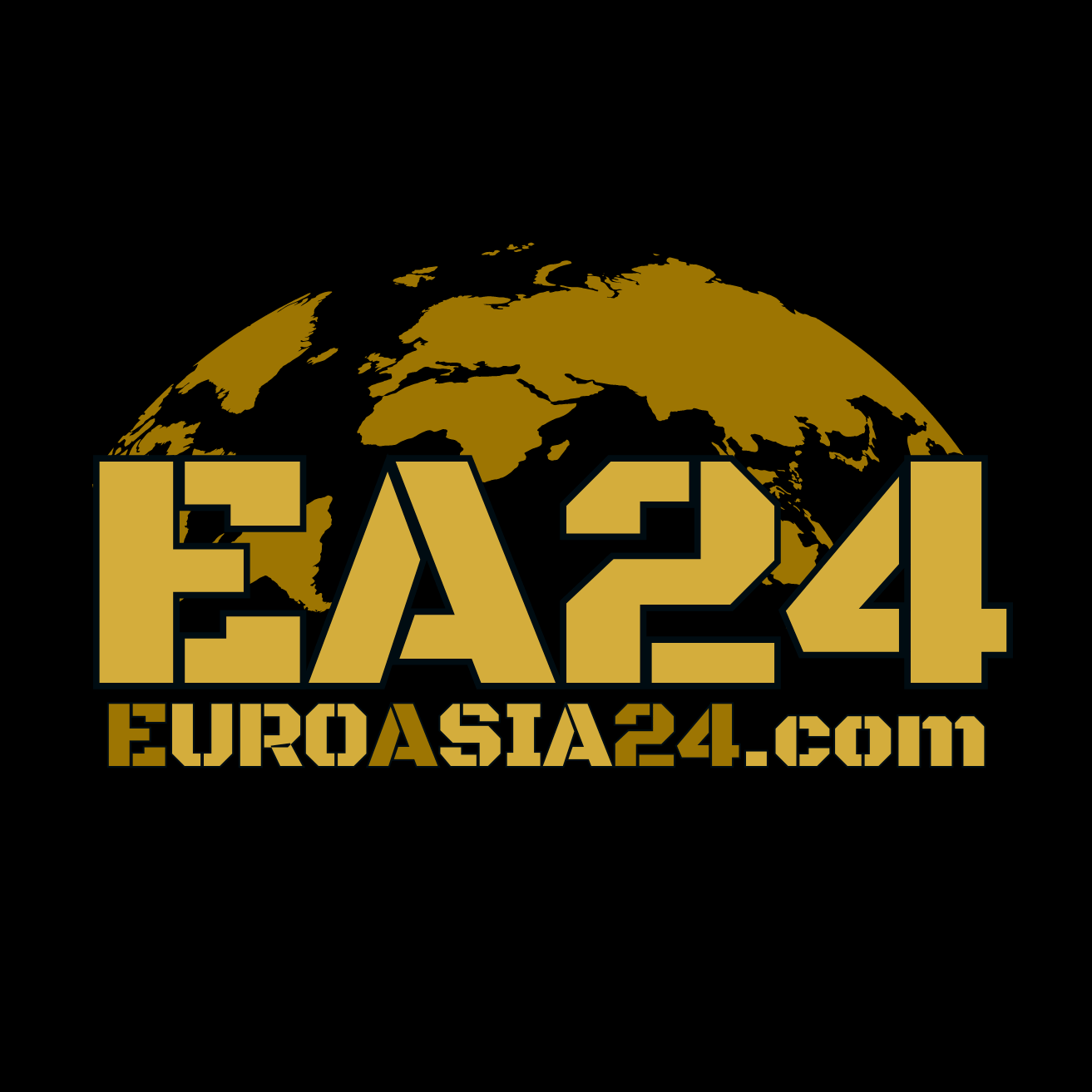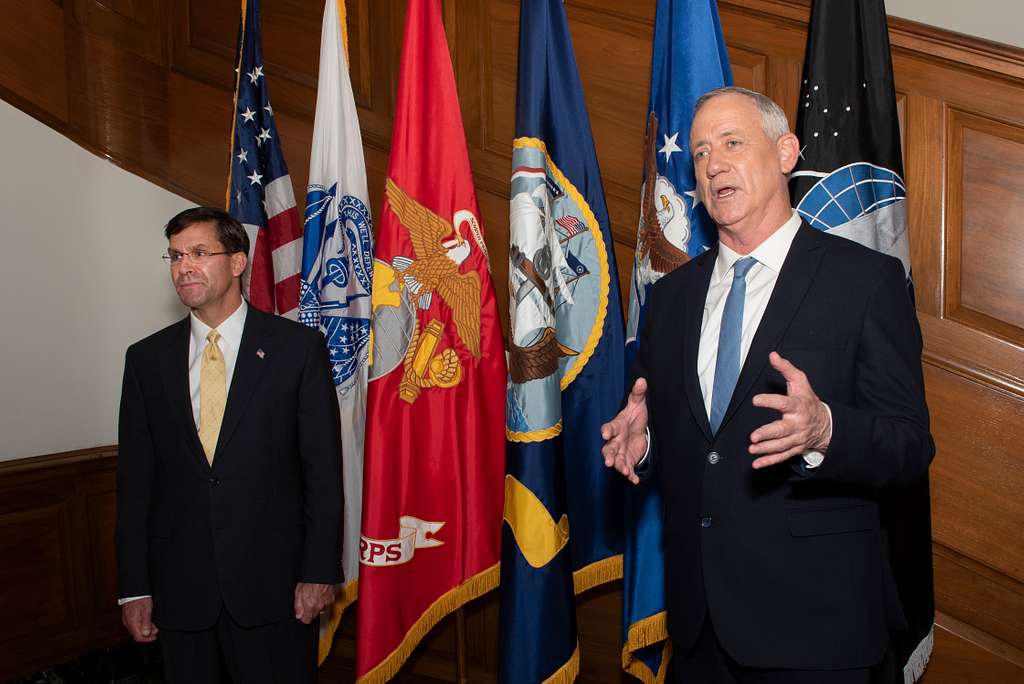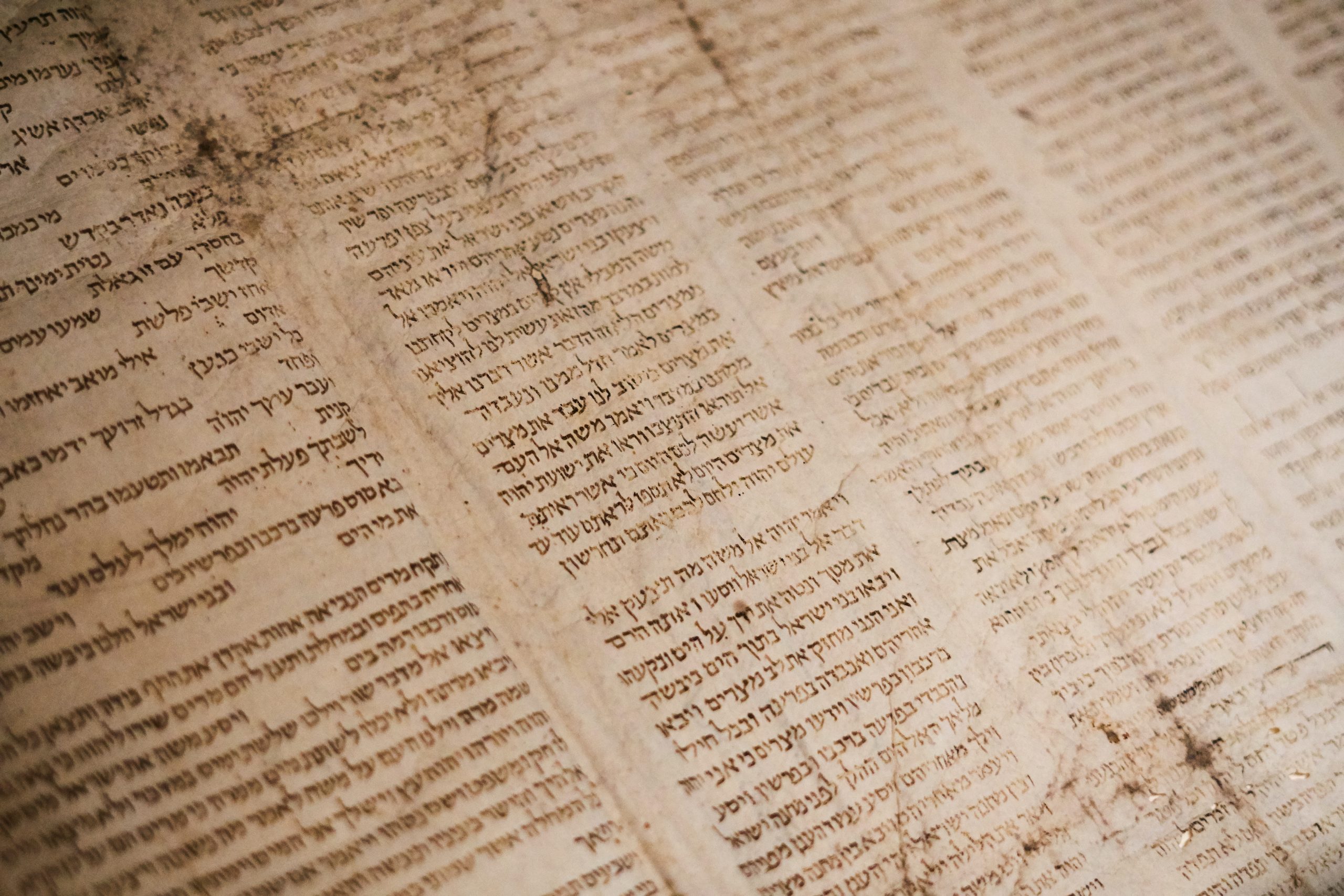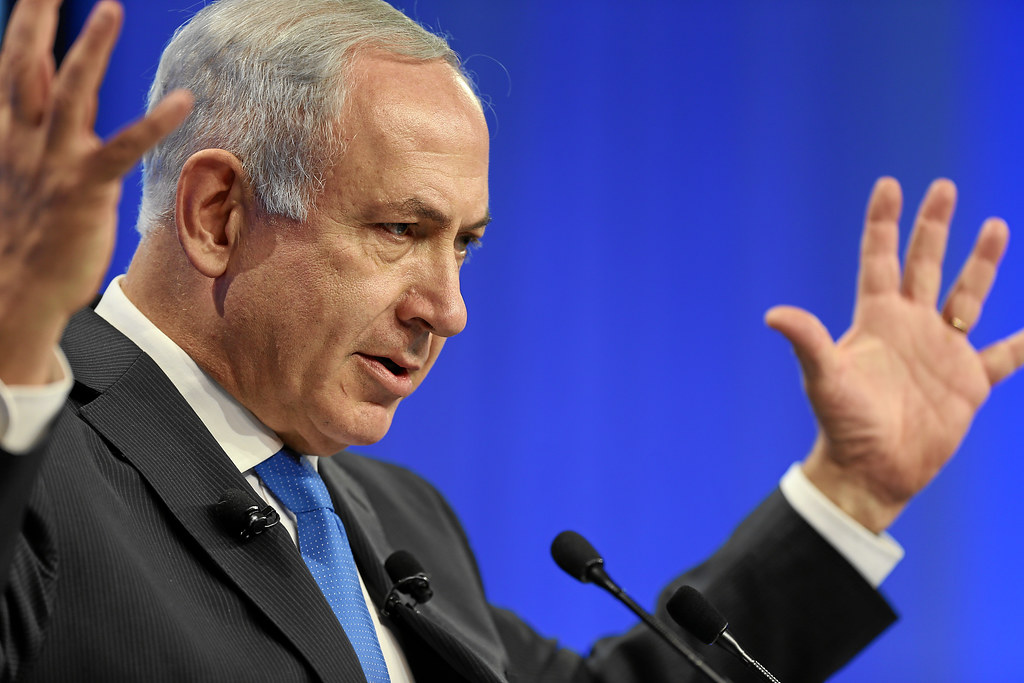The anniversary of the Yalta Conference, which ended 80 years ago this week in a Soviet-occupied Crimean resort on the Black Sea, has a special significance in central and eastern Europe—and not just because it took place in a Ukrainian city that Russian soldiers once again occupy.
At the time, in the U.S and allied countries, the agreement between Franklin D. Roosevelt, Winston Churchill, and Josef Stalin was hailed as a historic breakthrough, one step away from the end of World War II and proof positive that the U.S. and the Soviet Union would continue to cooperate in the postwar era. The countries in what would soon be known as the Soviet sphere of influence felt no such euphoria. They understood right away, as Americans would learn in coming months, that the upshot of the conference was to cement Soviet control over a broad swath of eastern Europe—countries from Ukraine to Estonia, more than a thousand miles north.
It’s an anniversary that holds important lessons for Donald Trump, unlikely as it is that he is reading history as he prepares to sit down with Vladimir Putin and perhaps once again carve up the territory in this much-contested corner of Europe.
Finnish President Alexander Stubb offered one lesson recently at a gathering of northern European leaders. “This is either the Yalta or the Helsinki moment,” he noted, comparing the 1945 conference to the 1975 agreement on human rights and cooperation among states signed by the U.S., the Soviet Union, and European nations during the Cold War. “We face a choice.”
What Stubb meant, he explained, speaking as the leader of a “small state,” was a choice about who decides. Will this be another moment when the great powers carve up the world over the heads of the people whose lives are at stake or, as at Helsinki, the countries most affected will also be at the table as peace is made and the world is reshaped?
“Nothing about Ukraine without Ukraine” is how the Biden White House phrased it, and many Europeans would add today, nothing about Europe without Europeans. This should be an imperative for Trump—one, alas, that he may or may not honor as Washington and Moscow trade ideas about a venue for a summit, possibly in Saudi Arabia or the United Arab Emirates.
Yet this is far from the only lesson Trump should learn from the two historic turning points, Yalta and Helsinki.
For a start, as Trump prepares, he might read the Helsinki Final Act, which enumerates in heartbreaking detail all the hallowed principles Putin trampled when he invaded Ukraine. What’s sometimes called the “Decalogue” in the first section of the agreement—a not-so-veiled reference to the Ten Commandants—starts with respect for national sovereignty and the territorial integrity of states. Also included and explained in some detail for anyone, like Trump or Putin, who might find them obscure: respect for human rights and self-determination, as well as “fulfillment in good faith of obligations under international law.” As Trump could remind Putin, the agreement carries the signature of his predecessor, then Soviet dictator Leonid Brezhnev.
But let’s not be naïve. As Trump has repeatedly signaled over the years, he sets little store by international law or national sovereignty. His vision of the world is one ruled by power, not principle. He’s prepared, as he once warned, to use “disproportionate force” against other states and attack treaty allies—Canada, Mexico, and Denmark, for a start. His golden rule: if he wants it, he should have it—and intends to have it, as he recently said about Greenland, sounding very much like Putin speaking about Ukraine.
Yet here too, Yalta and Helsinki can teach us. Neither the rule of law nor realpolitik are always exactly what they seem.
There was a yawning gap at both meetings between the rhetoric at the conference table and the facts on the ground. The hard existential reality lurking behind both agreements was Soviet power in eastern Europe—originally, in 1945, a Red Army presence in every nearby country from the Baltic to the Black Sea, and then, in the 1970s, Soviet-aligned dictatorial governments and secret police.
Both agreements effectively ignored these facts. At Yalta, Roosevelt, Churchill, and Stalin promised the world that all European nations would be allowed “to create democratic institutions of their own choice” and “choose the form of government under which they will live.” By March 1945, less than two months after the Yalta protocol was signed, Churchill and Roosevelt realized they had been had.
Historians argue neither Churchill nor Roosevelt had much choice. If they wanted peace in Europe, they had to accede to Soviet domination of the territory where Moscow had troops—a domination that would ruin lives and squelch democracy and development for nearly 50 years.
The same gap between rhetoric and reality was on display in Helsinki. By then, the truth in eastern Europe was impossible to ignore. Everyone understood it, especially Poland, Hungary, Czechoslovakia, and other countries at the table with the Soviet boot on their necks. This time, the high-minded promises were even more explicit—and hypocritical, contradicted as they were by Moscow’s demonstrated indifference to the will of the peoples it dominated across the continent. Hard-headed realists like Henry Kissinger scoffed at what he saw as a charade. Don’t worry, he reassured President Gerald Ford, who feared he was ratifying Soviet occupation of the Baltic states, the agreement is “meaningless . . . just a grandstand play to the left.”
But then, in the years that followed, something unexpected happened. People in eastern Europe began to take the promises seriously. Writers, scientists, philosophers, trade union activists, and others who the Kremlin and its puppets had been persecuting for decades began to stand up for what the Helsinki Act called their “human rights.” At first, Moscow thought it could quash them, as it had been quashing dissident voices since the Russian Revolution, if not earlier. But these voices would not be silenced. By the 1980s, they had become a force to be reckoned with across the continent. In 1989, the Iron Curtain fell.
What made the difference this time? Why hadn’t Yalta’s similar noble promises taken root in eastern Europe in the 1950s? It wasn’t for lack of trying. An array of covert and not-so-covert American and British groups, many of them funded by the CIA, had tried to use Western culture and ideals to foment resistance in the region. There is probably no simple answer—many things were different by the 1970s. The Soviet Union and its satellite governments were weaker. Their economies were failing, and their leaders were increasingly corrupt and unpopular. And then, in the 1980s, Ronald Reagan appeared.
The new American president was determined not just to brandish Western rhetoric but also to threaten to use military might—to ratchet up U.S. defense spending and demand that Moscow stop subjugating its neighbors. “Tear down this wall,” he insisted in 1987—something, incredibly enough, that no American president had ever called for before.
The lesson for Trump: today, as in the past, it will almost surely take a combination of hard and soft power to move Moscow. It’s not a good time to negotiate when Russian troops are advancing on the battlefield, as they are today in Ukraine. Better to slow-walk talks and beef up Ukrainian defenses, limiting Putin’s claims, sure to echo Stalin’s, that he has boots on the ground in Ukraine’s Donbas region.
Also surely a mistake, history suggests, would be to start talks by conceding Putin’s point that NATO has no place on the eastern edge of Europe and Ukraine should be barred from joining the alliance. Ceding the Soviet sphere of influence got the Allies nowhere. And with Putin, as with Stalin, giving into his demands is only likely to encourage him to press for more.
Finally, unnatural and unlikely as it would be for Trump, a different kind of president would leverage the power of democratic principles. Trump probably thinks little of the Yalta promises or the Helsinki Final Act. But in the end, history shows, they weren’t entirely in vain. It took both Helsinki and the Reagan buildup, plus Jimmy Carter’s support of the mujahadeen in Afghanistan and a Polish pope preaching liberation for his homeland, to bring down the Berlin Wall—both power and principal, rule of law and realpolitik.
The irony: Trump is indifferent to the ideals Ukraine is fighting for—but Putin is deathly afraid of them. They’re one of the reasons he invaded his sovereign neighbor in the first place—to contain what he sees as a dangerous spread of democracy so close to home.




















